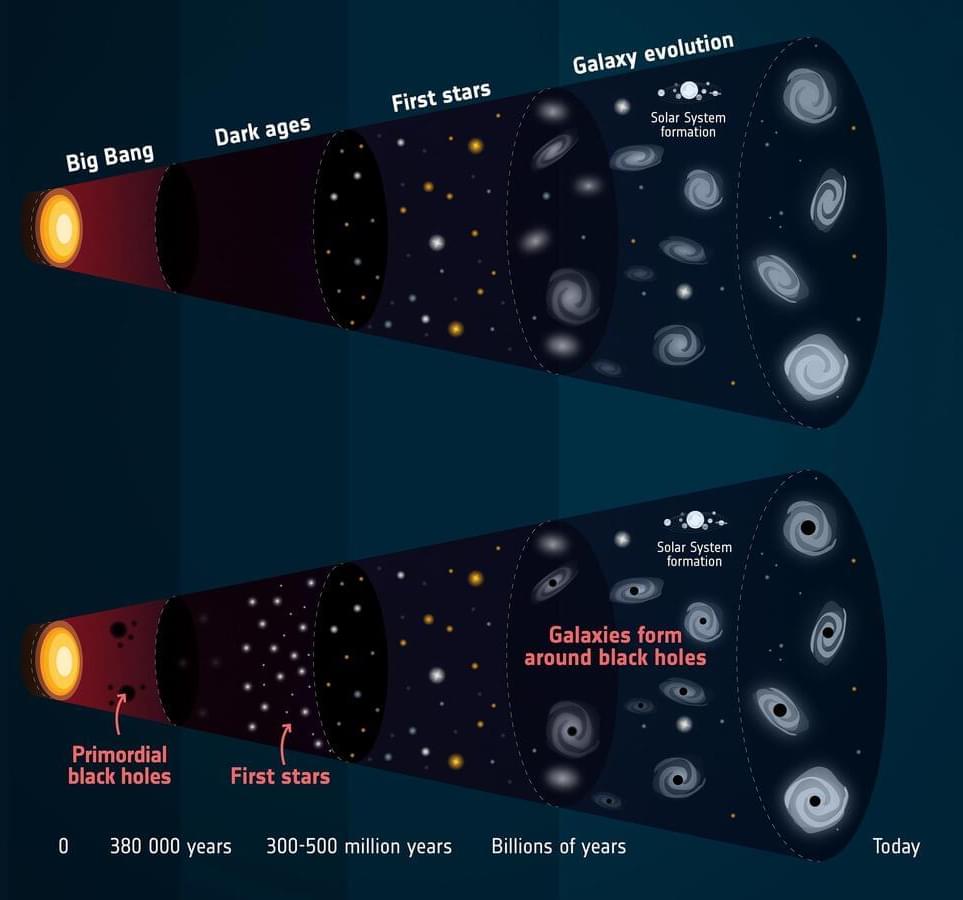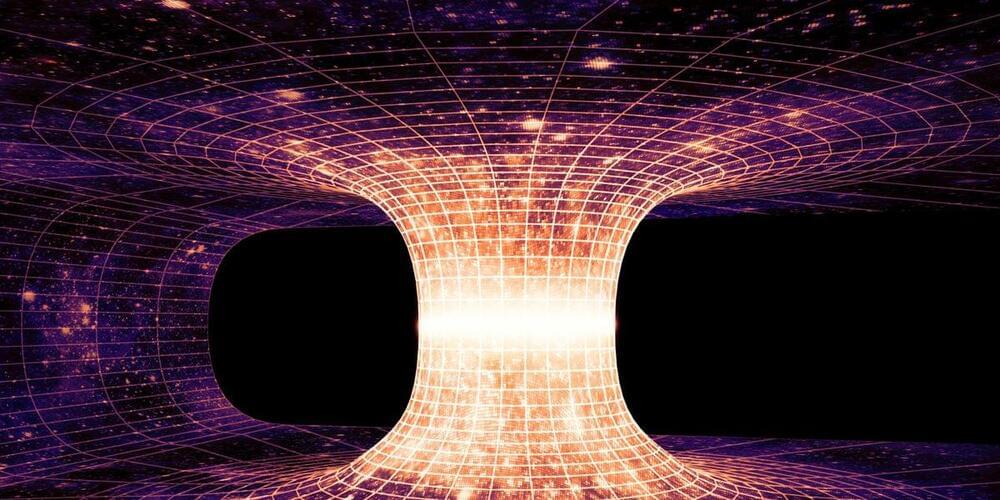Abstract: We present new HI interferometric observations of the gas-rich ultra-diffuse galaxy AGC 114,905, which previous work, based on low-resolution data, identified as an outlier of the baryonic Tully-Fisher relation. The new observations, at a spatial resolution $\sim 2.5$ times higher than before, reveal a regular HI disc rotating at about 23 km/s. Our kinematic parameters, recovered with a robust 3D kinematic modelling fitting technique, show that the flat part of the rotation curve is reached. Intriguingly, the rotation curve can be explained almost entirely by the baryonic mass distribution alone. We show that a standard cold dark matter halo that follows the concentration-halo mass relation fails to reproduce the amplitude of the rotation curve by a large margin. Only a halo with an extremely (and arguably unfeasible) low concentration reaches agreement with the data. We also find that the rotation curve of AGC 114,905 deviates strongly from the predictions of Modified Newtonian dynamics. The inclination of the galaxy, which is measured independently from our modelling, remains the largest uncertainty in our analysis, but the associated errors are not large enough to reconcile the galaxy with the expectations of cold dark matter or Modified Newtonian dynamics.
From: Pavel Mancera-Piña [view email]
[v1] Tue, 30 Nov 2021 19:00:01 UTC (7,952 KB)






